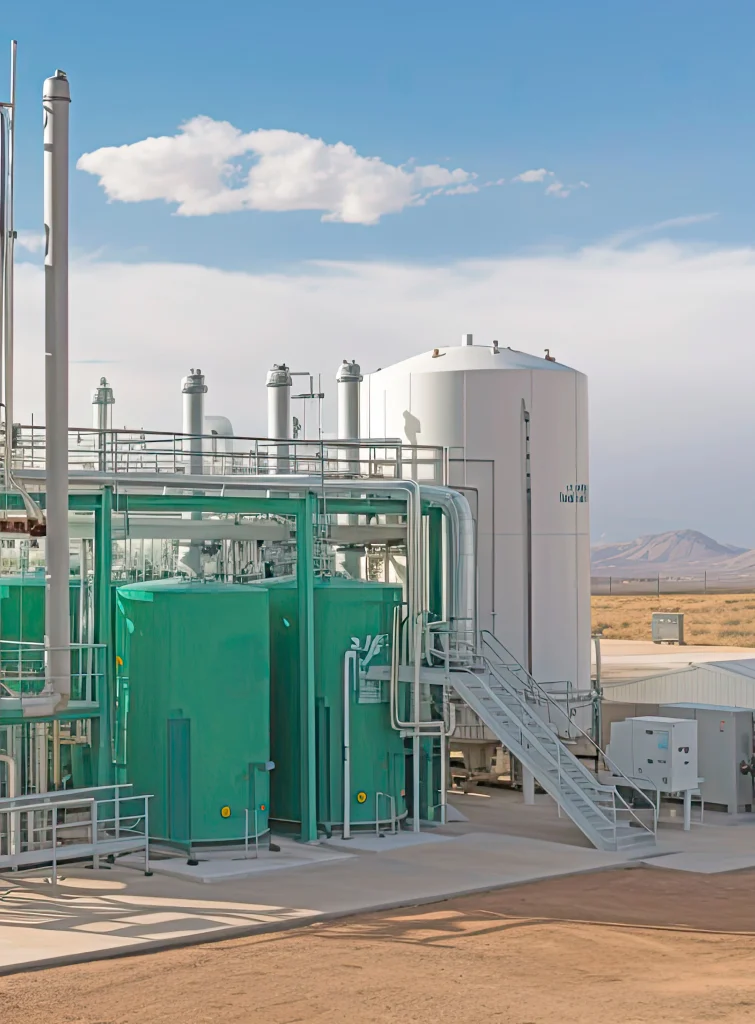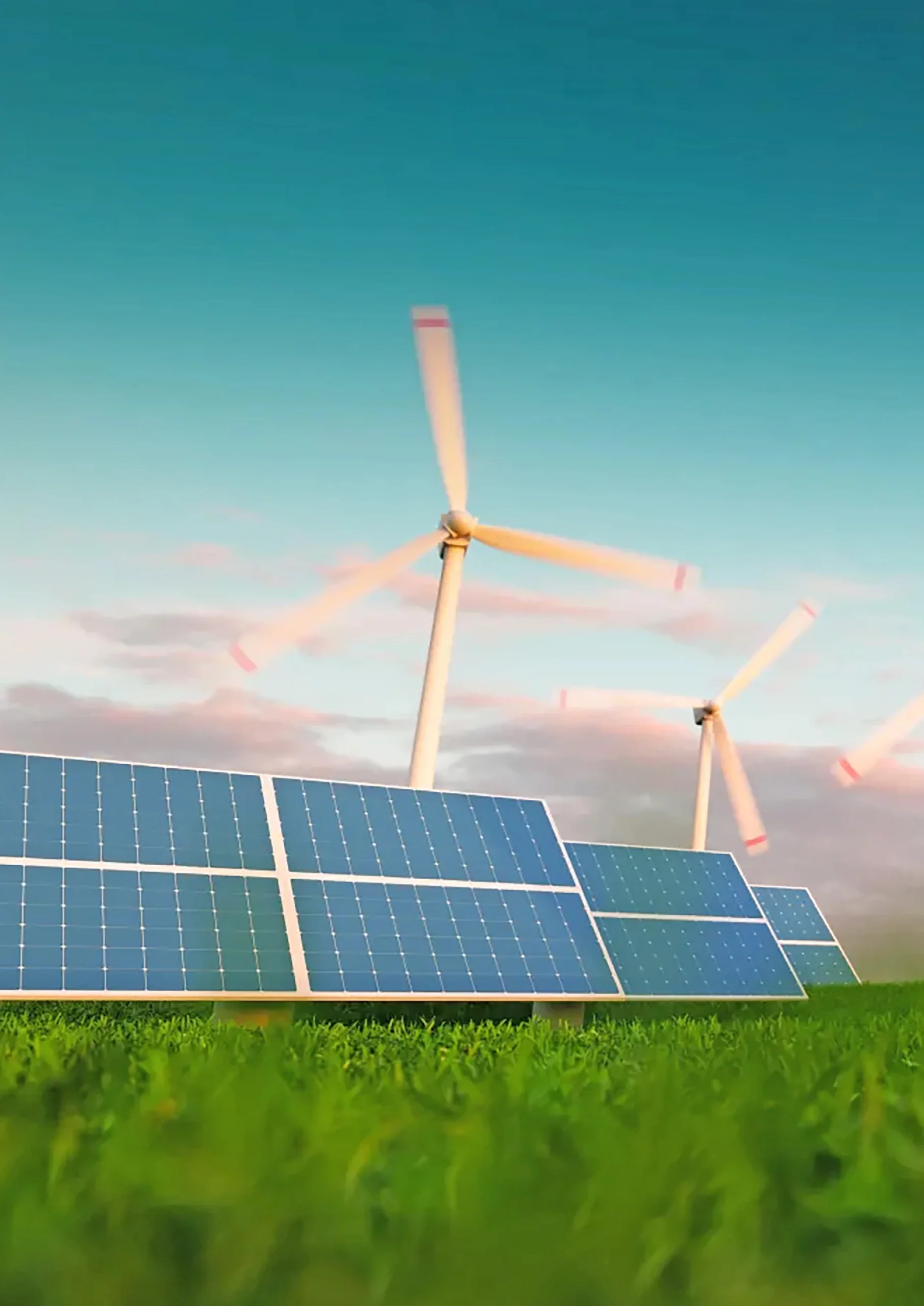Due to the severity of climate change and extreme weather, largely attributed to human caused global warming, there has been a surge of interest in recent years in cleaner, renewable and sustainable energy solutions.
Polluting fossil fuels like oil and gas raise the level of greenhouse gases in the atmosphere, in particular carbon dioxide, contributing hugely to the climate crisis. Internationally there have been several proposals to reach carbon zero by 2050 in order to attempt to halt or reverse global warming patterns.
This has led to a rise in the development of alternative energy sources and the implementation of renewable energy project.
Solar power has received a lot of attention and the industry has grown extremely rapidly, so much so that it has gone from a novelty to an everyday energy source.
It’s no longer focused on industrial applications and now most homes, schools, hospitals and other institutions have solar geysers, solar powered lights and solar batteries as a backup or as their main power source.

Wind power and hydro power are being exploited to provide substantial benefits. Electric vehicles with lithium ion batteries are beginning to rival he popularity of petrol or diesel powered vehicles.
Systems using biomass and the resulting biogas are being successfully developed, although the advances
are fairly slow and not as widespread or on the same scale as solar systems.
Green hydrogen has been touted as the most exciting and viable alternative to fossil fuel produced energy as it is infinitely renewable, sustainable and totally non-polluting.
According to ACCIONA, who define themselves as a global group that develops and manages sustainable infrastructure solutions, especially in renewable energy, “Green hydrogen will go down in history as a new revolution”.
What is green hydrogen, how is it produced and how is it used? Green hydrogen is defined as hydrogen produced from the electrolysis of water using only renewable energy sources so there are zero emissions. (Grey or blue hydrogen is not considered as sustainable as it is produced using fossil fuel energy sources such as natural gas or coal.)
Hydrogen is the most abundant element in the universe so it’s use is eminently sustainable – but it is seldom found alone, it is generally in combination with other elements like oxygen in the form of H2O or water.
Green hydrogen is produced through the electrolysis of water using an electrical current derived from renewable sources such as solar, wind power, hydro or geothermal power.
The H2O molecule is split into hydrogen and oxygen. Oxygen is the only by-product of the process and is non-polluting and does not contribute to global warming.
Green hydrogen has a number of uses in many different fields including manufacturing and industry, transportation, energy production, energy storage and for domestic heating and cooking.
It’s already being used in the industrial sector to produce chemicals like ammonia, fertilisers and
‘green steel’, glass and cement.

With further research and development, the role of hydrogen in heavy transport like aviation, shipping, trains and road transport is increasing.
Honda, Hyundai and Toyota have started producing cars powered by hydrogen fuel cells although further improvements are required as well as a network of hydrogen fuelling stations.
Fuel cells are similar to batteries – energy is produced by combing hydrogen and oxygen to produce electricity, water and a small amount of heat.
Fuel cells can be used to power anything that uses electricity like cars, electrical devices and domestic appliances. On a larger scale fuel cells could produce enough clean electricity to power towns and cities.
Hydrogen can also be used as an energy storage system. Once its produced hydrogen can be stored for long periods of time in gas or liquid form and then converted to electricity through fuel cells as needed.
Hydrogen fuel cells can work in conjunction with the power grid and support other clean energy systems.
For example, solar power during the day can be used to make green hydrogen, and then at night when the sun goes down, grid operators can switch to the fuel cell set up.
As they operate independently from the grid fuel cells can be used in remote areas, in the military field or in disaster zones to provide essential consistent electricity and heat. Green hydrogen offers enormous potential for energy production in Africa.
In 2022 Egypt, Kenya, Mauritania, Morocco, Namibia and South Africa established the Green Hydrogen Alliance to further explore the potential of green hydrogen production. In exciting news for Zimbabwe ZETDC has signed a Memorandum of Understanding with French energy giant HDF Energy to establish a green hydrogen plant in Manicaland in the Chipinge district.
The plant will provide green energy continuously feeding in to the main grid and is expected to help the country’s ongoing power woes in a sustainable way. The project will support Zimbabwe’s efforts to diversify power production as water levels at the main power generator at Kariba fluctuate and the Hwange Power Station is in need of upgrading.
It is expected that the project’s annual electricity production will reach 178 GWh which will be a significant contribution to the county’s requirements.
Text: Michael Nott
From: E&P ISSUE 11

